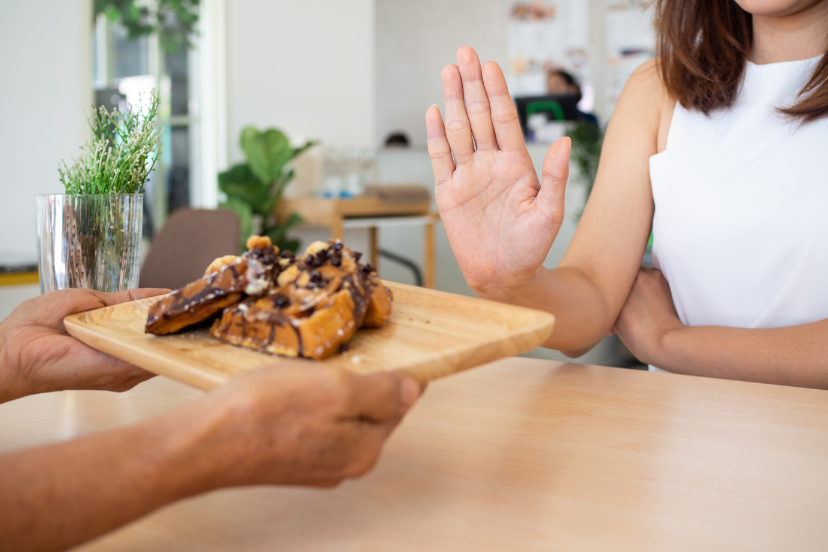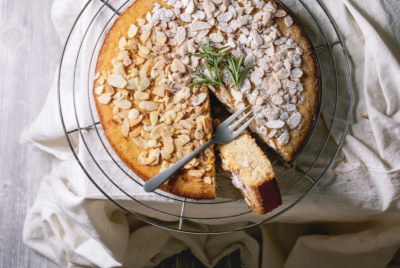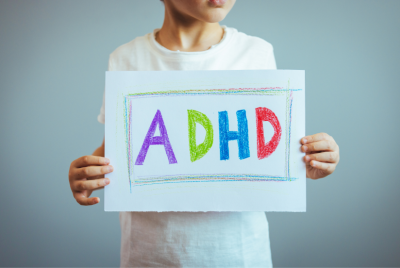Celiac Foods to Avoid: Safeguarding Your Health
Are you or a loved one dealing with celiac disease? If so, you know how crucial it is to navigate the treacherous terrain of gluten. In this comprehensive guide, we’ll uncover the top celiac foods to avoid to ensure your well-being remains intact. From deciphering food labels to indulging in delicious gluten-free alternatives, we’ve got you covered. Let’s embark on this journey to discover a life that’s not only gluten-free but also fulfilling.
Understanding Celiac Disease
Before we delve into the nitty-gritty of celiac foods to avoid, let’s grasp the basics of this autoimmune condition.
What is Celiac Disease?
Celiac disease is an autoimmune disorder where the ingestion of gluten leads to damage in the small intestine. Gluten, a protein found in wheat, barley, and rye, triggers an immune response in individuals with celiac disease. This response damages the delicate lining of the small intestine, hindering nutrient absorption.
How Common is Celiac Disease?
Celiac disease affects approximately 1% of the global population. Though it’s relatively rare, awareness is vital, as undiagnosed cases can lead to severe health complications.
Symptoms of Celiac Disease
The symptoms of celiac disease can be diverse, ranging from digestive issues to skin problems. Common symptoms include abdominal pain, diarrhea, fatigue, and unexplained weight loss.
Celiac Foods to Avoid: Your Ultimate Guide
Now that we’ve laid the foundation, let’s dive into the heart of the matter: the foods you need to steer clear of to effectively manage celiac disease.
1. Gluten-Containing Grains
The primary culprits are grains containing gluten:
- Wheat
- Barley
- Rye
Any products made from these grains, such as bread, pasta, and cereals, are a strict no-go.
2. Processed Foods with Hidden Gluten
Beware of processed foods that might sneakily contain gluten. Always check labels for hidden sources of gluten, like modified food starch, hydrolyzed vegetable protein, or malt flavoring.
3. Cross-Contaminated Foods
Cross-contamination is a constant concern for those with celiac disease. Ensure your kitchen is gluten-free, and when dining out, inquire about kitchen practices to prevent cross-contact.
4. Be Wary of Oats
While oats themselves don’t contain gluten, they are often processed in facilities that handle gluten-containing grains. Look for certified gluten-free oats to avoid any potential cross-contamination.
5. Sauces and Condiments
Condiments like soy sauce and salad dressings can be gluten landmines. Opt for gluten-free alternatives to elevate your meals without compromising your health.
6. Malt Products
Anything containing malt extract or malt flavoring is a red flag. This includes malt vinegar, malted milkshakes, and some candies.
7. Unverified Medications
Surprisingly, some medications and supplements contain gluten as a binding agent. Always check with your pharmacist to ensure your prescriptions are celiac-friendly.
8. Beer and Ale
Traditional beer is brewed from barley, a gluten-rich grain. Luckily, the market now offers gluten-free beer options for those who want to savor a cold one.
9. Fried Foods
Fried foods might seem harmless, but they often share fryers with gluten-containing items. This cross-contamination can wreak havoc on your digestive system.
10. Processed Meats
Sausages, hot dogs, and deli meats can contain fillers that contain gluten. Opt for fresh, unprocessed cuts to stay on the safe side.
11. Imitation Seafood
Beware of imitation seafood products like crab sticks, as they often incorporate wheat starch as a binding agent.
12. Communion Wafers
For those with celiac disease, receiving communion can be tricky. Speak to your religious leader about alternative options.
13. Packaged Snacks
Chips, pretzels, and even some popcorn brands might contain gluten. Always check the label or opt for gluten-free alternatives.
14. Cereals and Granola
Many cereals and granola mixes contain gluten. Explore the gluten-free section at your local grocery store for safe breakfast options.
15. Instant Soups and Bouillons
These convenient products often contain hidden gluten. Consider making your own broth or opting for certified gluten-free options.
16. Thickeners and Roux
Roux, used in many sauces and gravies, is typically made with wheat flour. Explore alternative thickeners like cornstarch or rice flour.
17. Pre-Made Pie Crusts
Pie crusts, both sweet and savory, often contain gluten. Fortunately, gluten-free crusts are widely available.
18. Breaded Foods
From chicken nuggets to onion rings, breaded foods are a gluten trap. Look for gluten-free breadcrumbs to recreate your favorites at home.
19. Asian Cuisine Caution
Many Asian dishes use soy sauce as a base, which contains gluten. Request gluten-free soy sauce when dining out or prepare Asian dishes at home with gluten-free alternatives.
20. Gluten-Laden Desserts
Traditional cakes, cookies, and pastries are brimming with gluten. Experiment with gluten-free recipes to satisfy your sweet tooth.
FAQs – Your Burning Questions Answered
Here are some common questions regarding celiac foods to avoid:
FAQ 1: Can I ever eat gluten again if I have celiac disease?
No, a gluten-free diet is the only treatment for celiac disease. Consuming gluten can damage your small intestine and lead to severe health issues.
FAQ 2: What are some gluten-free grains I can enjoy?
You can safely enjoy rice, quinoa, corn, and certified gluten-free oats.
FAQ 3: Are there any alcoholic beverages I can still enjoy?
Yes, there are gluten-free beer options and many wines, as well as distilled spirits, are gluten-free.
FAQ 4: Can I dine out safely with celiac disease?
Yes, but it requires diligence. Choose restaurants with gluten-free menus, inform your server about your dietary needs, and ask about their cross-contamination practices.
FAQ 5: What should I do if I accidentally ingest gluten?
If you accidentally consume gluten, monitor your symptoms and consult with a healthcare professional if they worsen or persist.
FAQ 6: Is there a cure for celiac disease?
Currently, there is no cure for celiac disease. Managing it involves a strict gluten-free diet and monitoring your health.
Conclusion: Empowering Your Gluten-Free Journey
Navigating the world of celiac foods to avoid might seem daunting, but with knowledge and determination, you can lead a healthy and fulfilling life. Remember, you’re not alone in this journey, and there are countless gluten-free resources and communities to support you. Embrace your dietary restrictions as an opportunity to explore new flavors and cooking techniques. Your health is your most precious asset, and by avoiding gluten, you’re taking the proactive steps necessary to safeguard it. Cheers to a gluten-free life filled with health and happiness!




